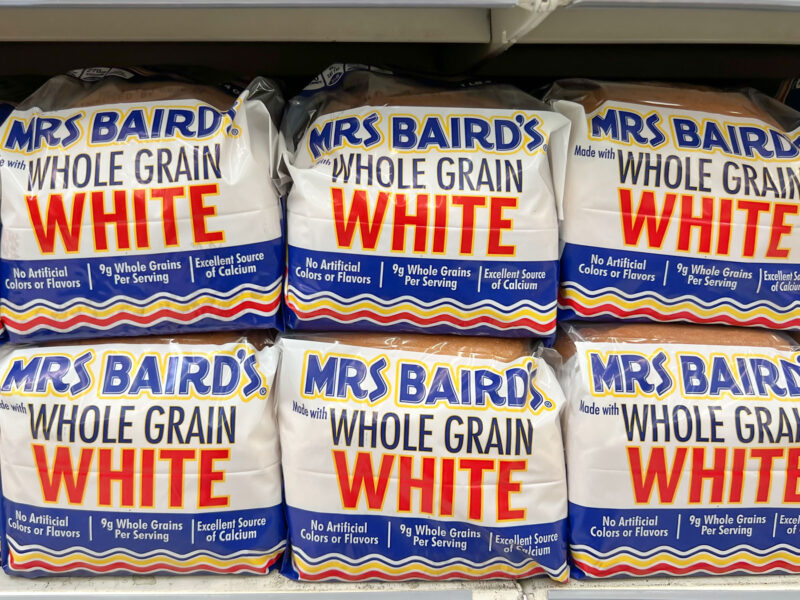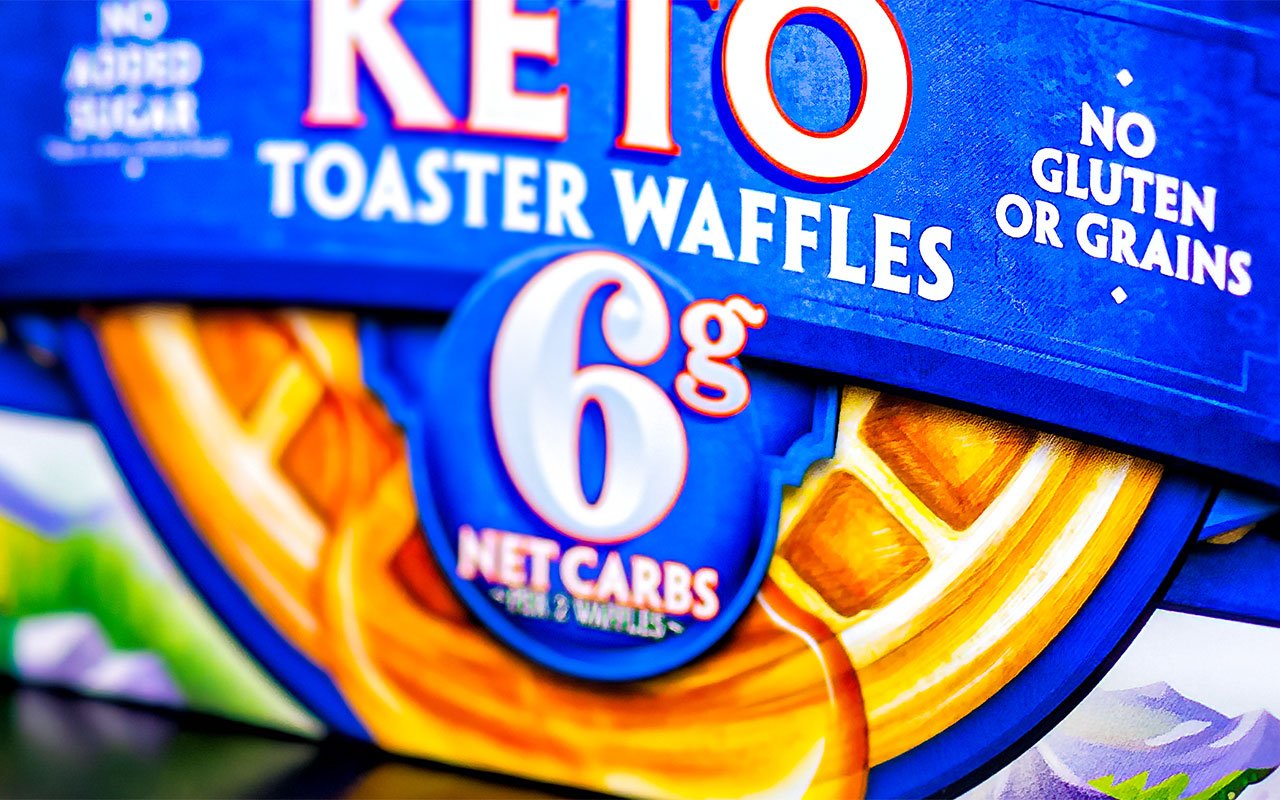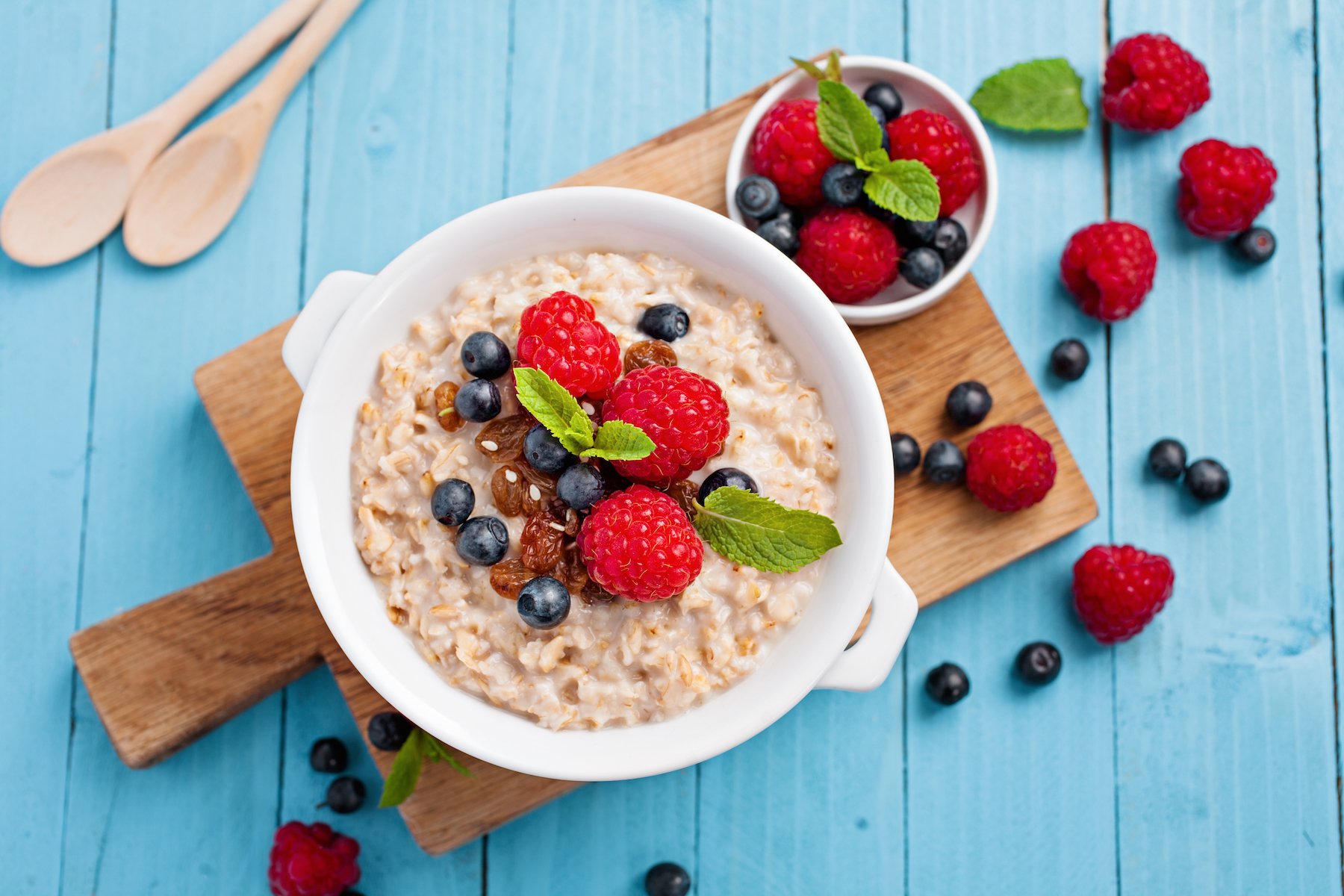Strolling down the bread aisle at your local grocery store, you’ll encounter products in an array of colors, making a variety of claims: whole wheat, multi-grain, 7-grain, and more. These certainly sound healthier than white bread, and your instinct may be to grab the brownest bread you see, but the truth is that many of these may not be better for your metabolic health.
What do whole grain and whole wheat mean?
First, some basic definitions. Wheat is a grain and a carbohydrate that gets converted to glucose in our digestive system, so consuming any kind of wheat raises blood sugar.
Grains fall into two subcategories: whole grains and refined grains. Whole grains contain the grain in its entirety—either whole or ground into flour—made of bran, germ, and endosperm. Refined grains no longer contain the bran and germ, as they’ve been removed during milling. This gives the grains a finer texture and lengthens their shelf life. However, it also strips the grain of dietary fiber, iron, and many B vitamins. Food makers often enrich refined grain products with iron and vitamin B but don’t typically add fiber back to these grains.
Remember that wheat is a specific type of grain, but there are many other grains, such as rye, barley, millet, and rice. So all whole-wheat food items are whole-grain, but whole-grain doesn’t always mean wheat.
How do whole grain and whole wheat impact blood sugar?
When it comes to metabolic health, fiber plays a vital role in regulating blood sugar. Fiber is a type of carbohydrate that the body can’t digest, so its presence slows the glycemic response to a food. Since whole grains contain dietary fiber, they shouldn’t raise glucose levels as quickly as their refined counterparts. However, the critical factor in how wheat affects your blood sugar may be its form. Although whole-wheat products contain fiber, most are still made with refined flour, in which the grain has been ground into fine particles that are absorbed rapidly in your gut, driving a rapid blood sugar rise.
In one study of 16 healthy adults, researchers observed little-to-no differences in blood sugar spikes when comparing whole wheat and refined wheat porridge (as well as semolina and cracked wheat). The researchers matched the wheat products in terms of source, food form, particle size, and viscosity. They found that the porridge made with whole wheat flour did not lead to a lower glycemic response than the one made with refined wheat flour. In fact, only the particle size of the flour had an impact on glycemic response—participants who ate a porridge made with semolina that had a larger particle size showed a lower glucose curve.
A study published in the International Journal of Food Science lends weight to this finding, as researchers found that both whole wheat flour and white flour drove similar glycemic responses. They found that milling the grains changes their starch structure to make it more easily digestible, thus causing a more rapid glucose rise.
It’s worth noting that other studies show whole grains can be healthier than refined grains. In one, 50 overweight or obese participants ate either a strict refined grain or whole grain diet for 12 weeks. Researchers found no significant difference in fat tissue or cholesterol between the two groups, but the whole grain group saw a decrease in fasting glucose. Another randomized controlled trial of 14 moderately obese subjects showed that eating a whole grain diet for eight weeks was associated with significant improvements in glucose tolerance following meals, insulin sensitivity, and metabolic flexibility (the body’s ability to switch between burning glucose and burning fat) compared to a refined grain diet. In both studies, researchers suggested a variety of mechanisms may have contributed to the glucose effects—additional fiber in the whole grain, the presence of bran—but don’t offer a definitive rationale.
Still, another study suggested that our glycemic response to whole versus refined grains may also vary by individual, based in part on the composition of our microbiome. Twenty experimental subjects ate either sourdough whole-grain bread or refined white bread for one week and then, after a two-week break, ate the other bread for one week. At the end of the study period, the researchers found statistically significant interpersonal variation in glycemic response to the two types of bread. The study authors claimed to be able to predict which bread would produce a lower glycemic response based on characteristics of the participants’ gut microbiome, which remained relatively unchanged throughout the intervention.
The Bottom Line
Although whole grains may have some metabolic benefits over refined grains, eating products made with any kind of wheat flour is likely to spike your blood sugar. These products are often also highly processed and may contain unwanted additives and added sugars.
The “whole grain” or “whole wheat” labels don’t mean much. For a product to be marketed as “whole grain,” only 51 percent of the grain needs to be whole grain. Worse, as Levels advisor Dr. Robert Lustig points out in his book Fat Chance: “Foods that list ‘whole grains’ as the second or third ingredient may contain as little as 1 percent,” which is why Lucky Charms can claim to be whole grain, while most definitely not being good for stable blood sugar.
More whole grain guidance:
- Opt for whole foods whenever possible.
- If you eat grains, choose whole over refined and experiment with different types to see how they impact your blood sugar, such as amaranth, barley, buckwheat, and bulgur.
- Pair high-carbohydrate foods like grains with fat and protein to slow the release of sugar into the bloodstream.
- When selecting packaged food products, look for a carbohydrate-to-fiber ratio of less than 5-to-1 to balance blood sugar levels.
- When cooking with flour, consider swapping your wheat flour for an alternative like almond flour, which should have a much lower impact on blood sugar.
- Get creative with alternatives for common wheat-based products such as pasta, bread, and pizza.
Curious how whole grain foods affect your metabolic health?
Levels, the health tech company behind this blog, helps people improve their metabolic health by showing how food—like whole grain foods—and lifestyle impact your blood sugar, using continuous glucose monitoring (CGM), along with an app that offers personalized guidance and helps you build healthy habits. Click here to learn more about Levels.








